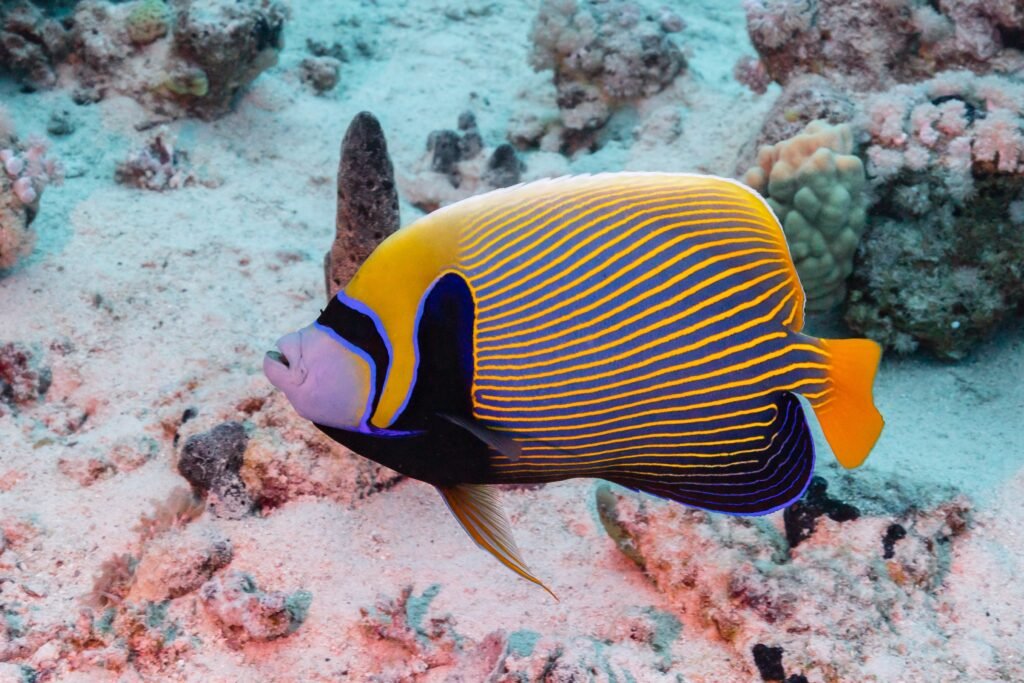For more than a century, Tyrannosaurus rex has thundered across our screens as a roaring, car-chasing villain with teeth bared to the wind. Science tells a richer story – one that’s stranger, subtler, and far more interesting than the cinematic caricature. Fossils, high-resolution scans, and biomechanical models now pull back the curtain on the world’s most famous predator, and the surprises land like aftershocks. The tension is simple: spectacle versus evidence, thunderclaps versus data. Here’s where the myths crumble – and why the truth is even better drama.
Mistake 1 – The Hidden Clues: “If you don’t move, it can’t see you”
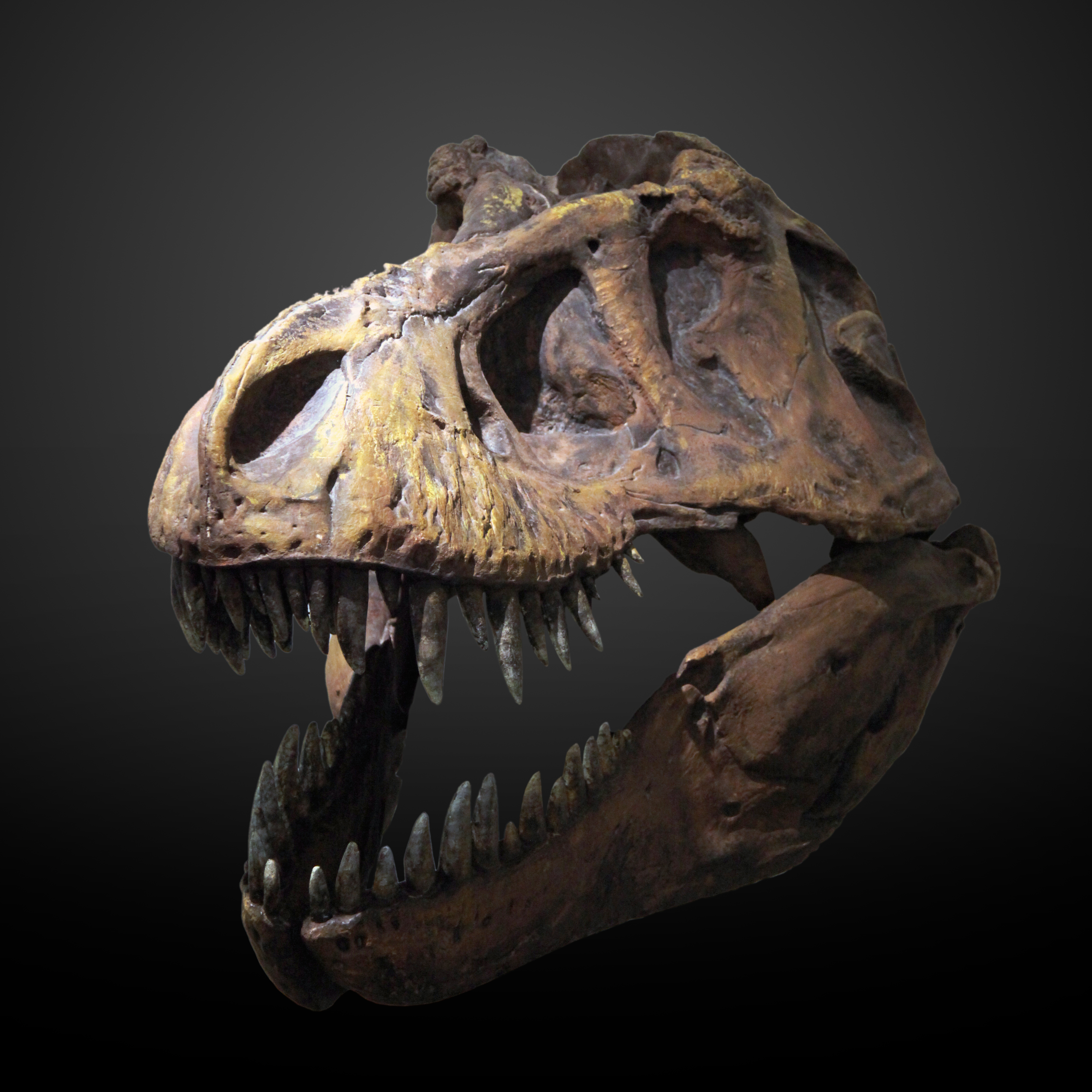
On film, stillness is a magic shield; in life, it would be a very short strategy. T. rex had forward-facing eyes that granted meaningful depth perception, and skull studies indicate large areas for visual processing that favored tracking shapes and distances. Add to that an outsized sense of smell, inferred from prominent olfactory regions in the braincase, and you have a predator that could find you in the wind, not just the spotlight.
Movies sell terror with a freeze-frame, but a living tyrannosaur likely noticed the big things: silhouette, scent, and sound. Think less “motion sensor” and more “multi-sensor.” It’s the difference between a keyhole and a picture window, and T. rex almost certainly looked through the window.
Mistake 2 – From Ancient Tools to Modern Science: Turning T. rex into a super sprinter
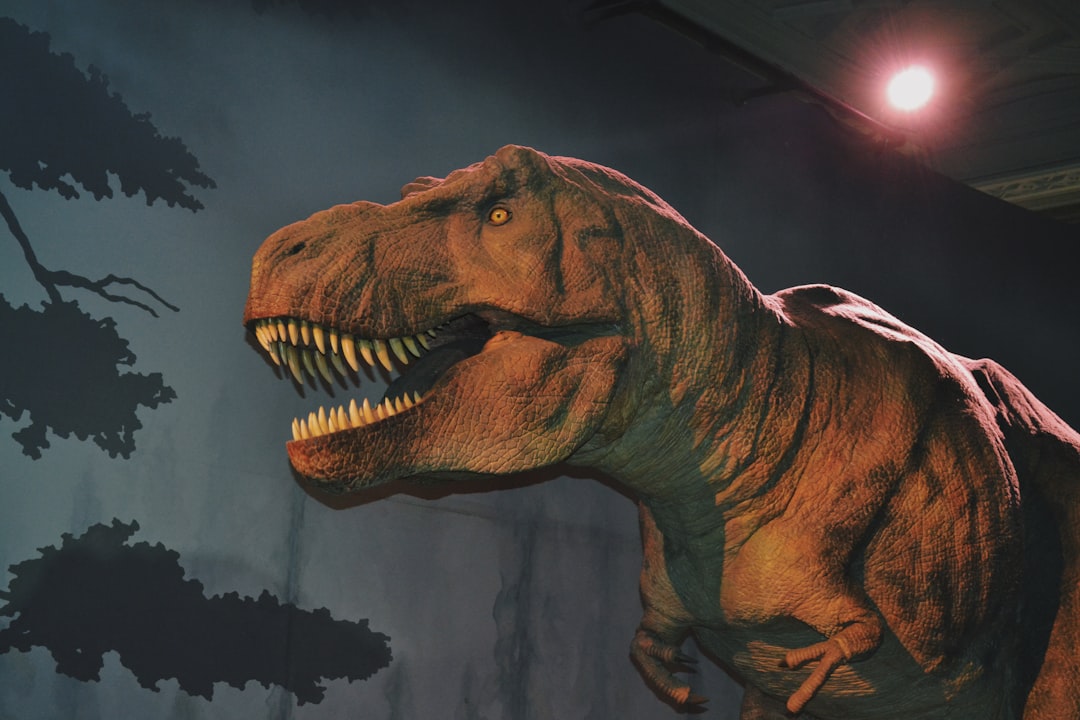
Chase scenes demand speed, yet biomechanics sets a speed limit. Computer models that load bones and muscles with realistic forces suggest that sprinting at highway pace would risk catastrophic limb failure in a multi-ton animal. Trackway evidence and energy budgets point to capable walking and brief, moderate running, not a cheetah in scales.
Filmmakers want a footrace; physics votes for a stalk-and-burst approach. Picture a hippo that can hustle, not a greyhound on stilts. The suspense works just as well when the predator closes the gap with patience and power rather than cartoonish velocity.
Mistake 3 – The forever-toothy grin: T. rex likely had lips
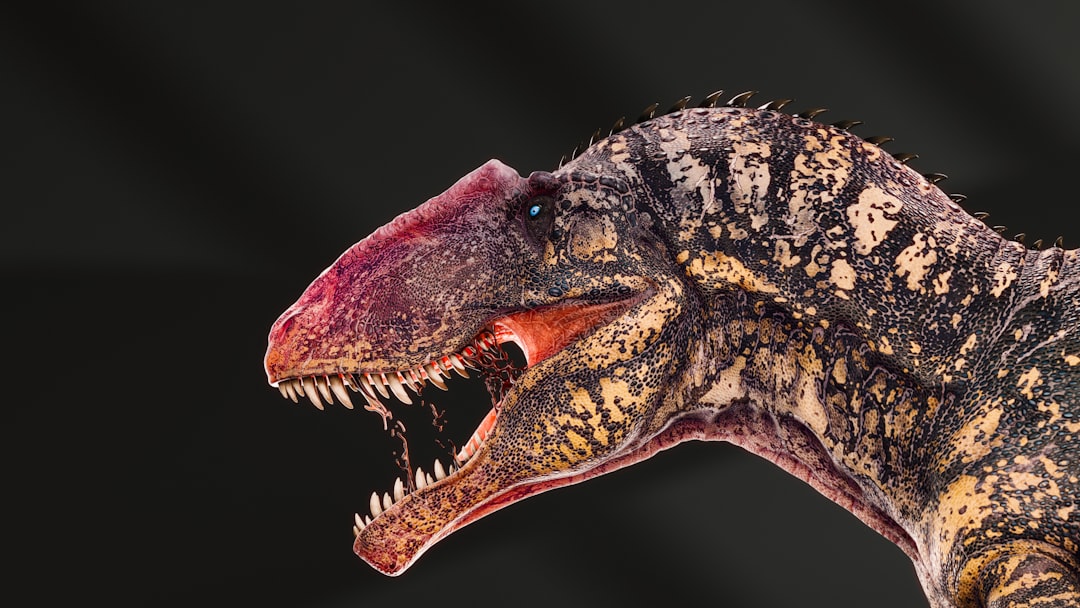
The iconic image of teeth permanently sunbathing outside the mouth looks fierce, but it tramples dental biology. Enamel dries, chips, and fails if it’s exposed day and night; many terrestrial reptiles protect their teeth behind lip-like tissues. Comparative anatomy of jaw shape and tooth wear fits the idea that tyrannosaurs kept their serrated knives sheathed when the mouth was closed.
This doesn’t make the bite gentler, just more realistic. Imagine a sword in a scabbard rather than a machete left in the rain. When T. rex opened wide, the show began – and the hardware spoke for itself.
Mistake 4 – Roar and thunder: Movie soundtracks over real animal physics

Cinema needs a signature roar; evolution rarely obliges. Based on the closest living relatives – birds and crocodilians – large theropods may have produced low, resonant rumbles and closed-mouth booms that traveled through ground and air. The deep, lion-like scream is a crowd-pleaser, but anatomical inferences favor bass notes that you feel in your ribs more than peaks you hear in your ears.
Silence can be scarier anyway. A pressure-wave hush before a low-frequency roll would carry farther in forested floodplains than a theatrical bellow. In nature, the subwoofer often beats the speaker stack.
Mistake 5 – The “useless arms” punchline
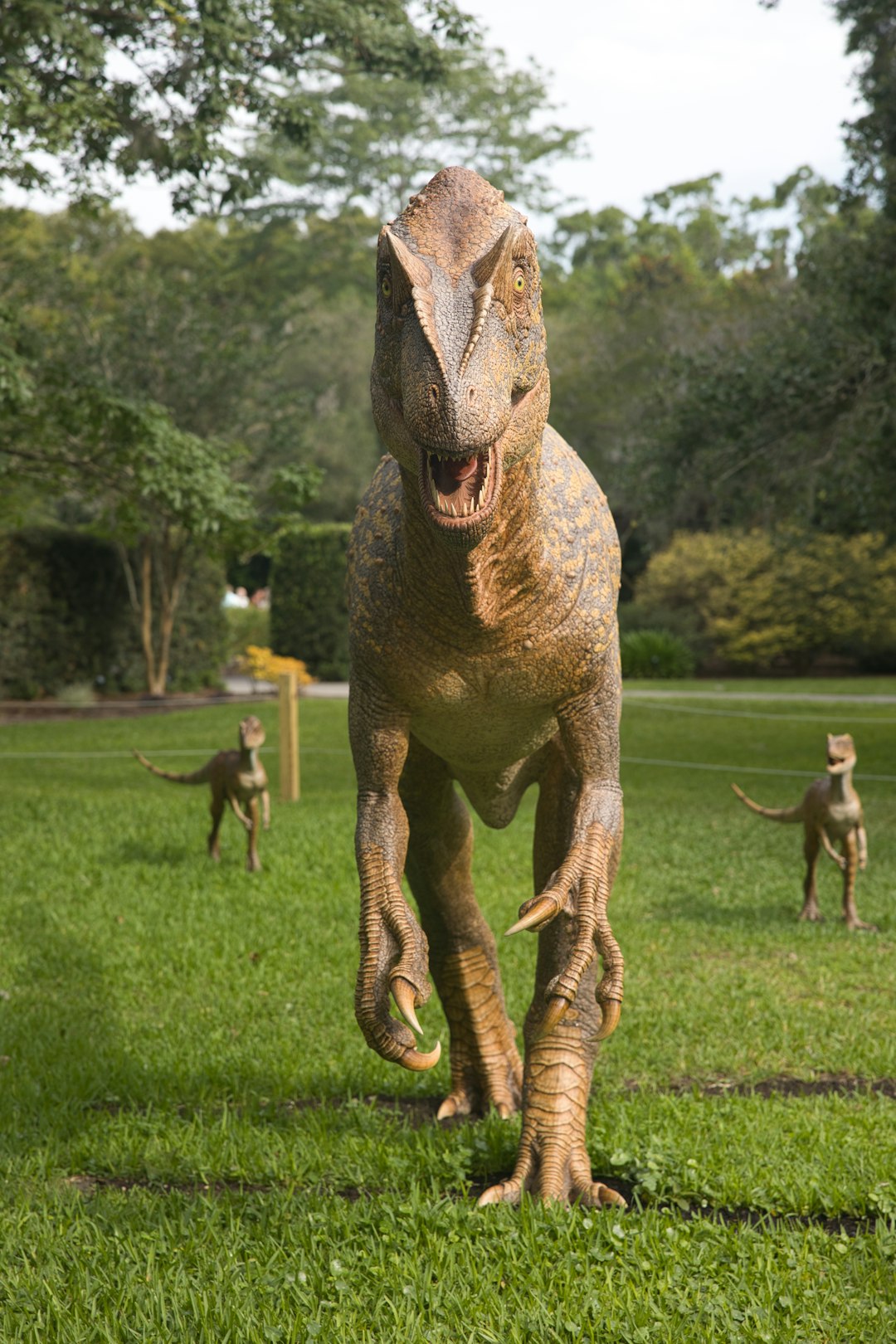
The forelimbs are meme material, yet the bones and muscle scars tell a story of compact power. Short doesn’t mean weak; it means specialized, with robust attachments suggesting high force for gripping, stabilizing, or bracing close to the chest. Range of motion appears limited but purposeful, the sort of design you expect in a wrestler’s clinch, not a pianist’s reach.
Speculation thrives – mating, pinning prey, righting the body – but dismissal misses the point. Evolution trims what it doesn’t need and fortifies what it does. Those arms weren’t a joke; they were a tool box, scaled to a giant.
Mistake 6 – Feathers everywhere or nowhere: The false extremes
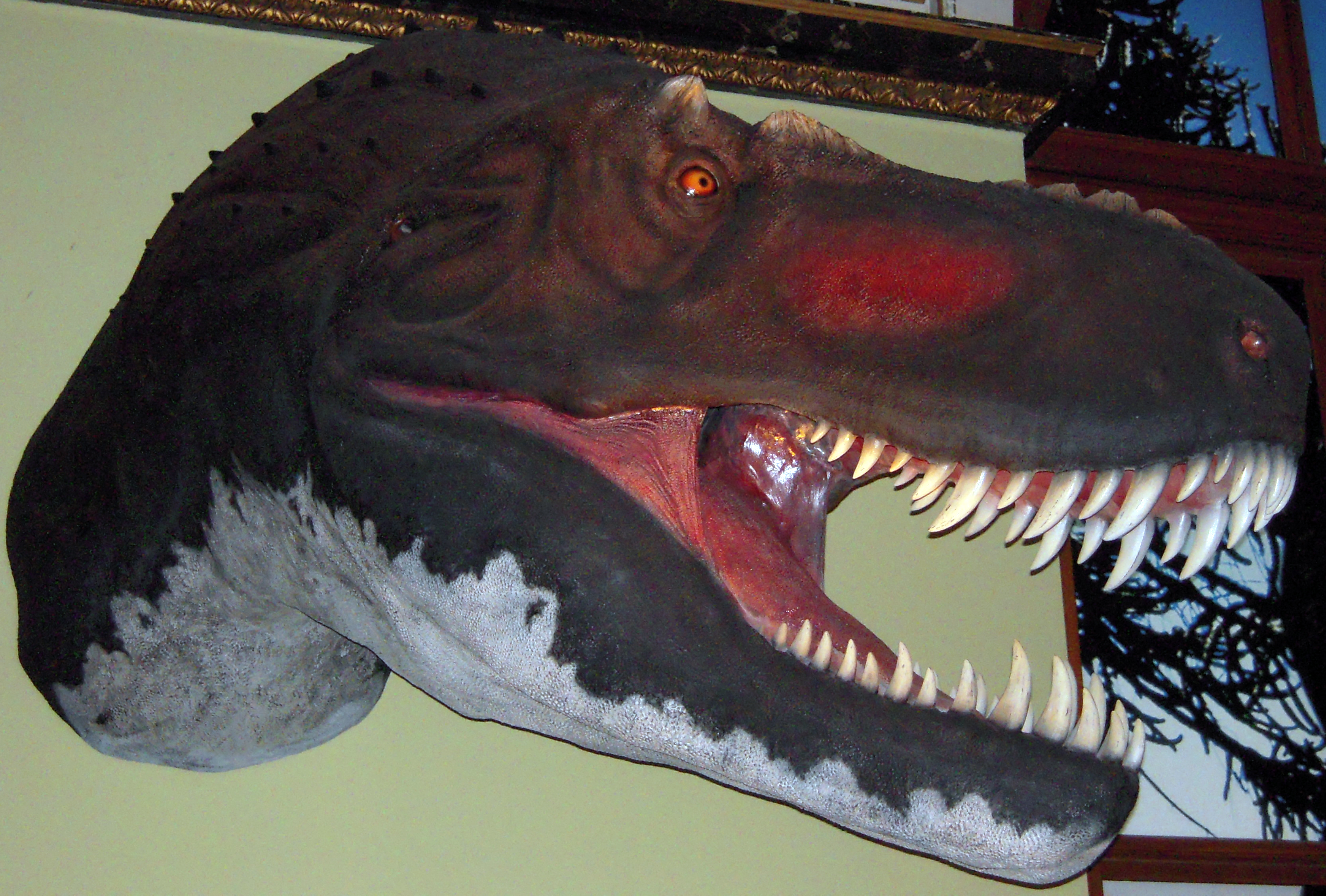
Some films give T. rex a lizard-slick hide; others drape it in full-body plumage. Fossil skin impressions from large tyrannosaurids show pebbly scales in many regions, while earlier, smaller relatives carried filamentous coverings. The most reasonable picture for an adult T. rex is largely scaly skin, with the possibility of limited fuzz in juveniles or in patches where insulation mattered.
Nature loves gradients, not absolutes. A polar bear is fur and muscle; a hippo is mostly skin and mass; tyrannosaurs probably fell somewhere in between across their lineage and life stages. All-or-nothing looks good on posters, but the fossil record paints in half-tones.
Mistake 7 – Global Perspectives: Time-travel mashups and the wrong neighbors

Movies often toss T. rex into a Cretaceous remix with Jurassic and global guest stars, but its real address was late Maastrichtian North America. It likely shared landscapes with Triceratops and Edmontosaurus, not Jurassic giants like Stegosaurus, and it didn’t patrol Asian coasts alongside big Mongolian raptors. Geography and geology matter; continents, climates, and seas divide ecosystems as surely as walls.
Mixing eras and regions is fun, yet it erases the specificity that makes Earth history so dramatic. T. rex is compelling partly because it is so precisely placed in time and place. Keeping its neighbors accurate doesn’t kill wonder; it multiplies it by showing how singular that world was.
Mistake 8 – Why It Matters and The Future Landscape: Treating accuracy as optional
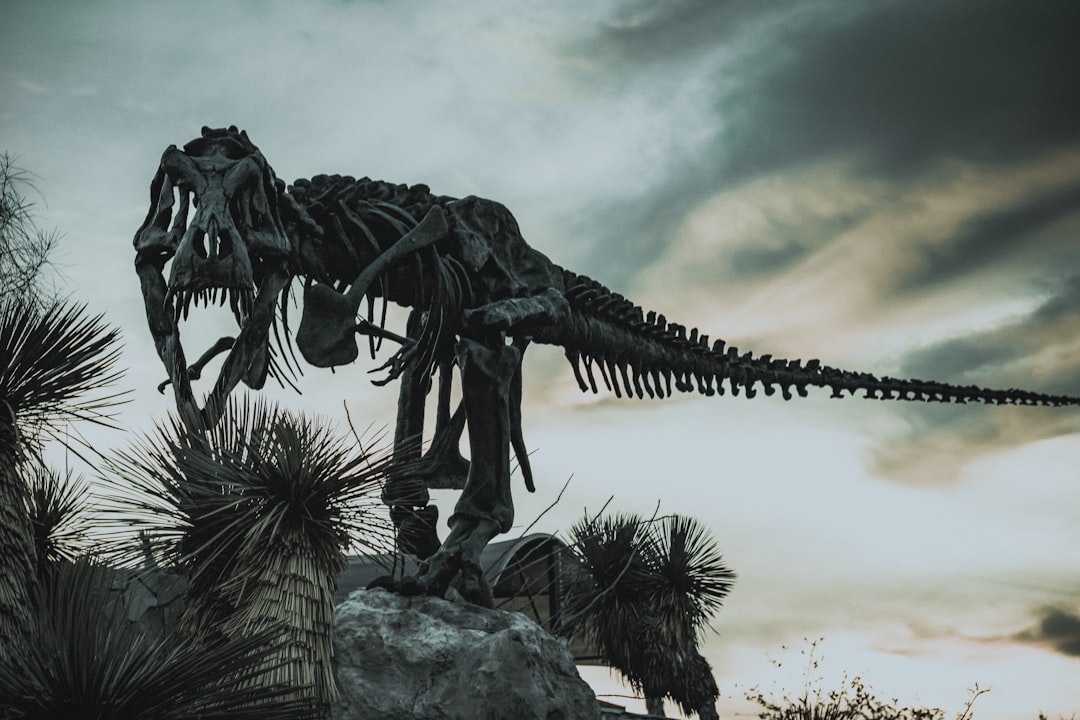
It’s tempting to shrug at scientific nitpicks, but stories shape what kids draw, what museums teach, and what budgets fund. When films flatten Tyrannosaurus into a monster archetype, we miss the better narrative about sensory biology, growth, and ecosystems under stress. Accuracy deepens awe; it doesn’t drain it, and it builds trust that carries into classrooms and city councils.
The next decade will sharpen the picture through CT and synchrotron imaging of skulls and joints, machine-learning gait reconstructions, bone histology that refines growth curves, and isotope chemistry that tests diet and climate. De-extinction fantasies will keep swirling, but ancient DNA from a 66‑million‑year-old animal remains beyond reach, so expect smarter simulations rather than pet tyrannosaurs. Want to help steer that future? Visit and support natural history museums, back open fossil data projects, encourage studios to credit science advisors prominently, share updated reconstructions with kids, and ask streaming platforms to bundle short science explainers with dinosaur blockbusters. The more we demand evidence-rich thrills, the more the industry will deliver – because truth, especially here, is the best special effect. Did you expect that?

Suhail Ahmed is a passionate digital professional and nature enthusiast with over 8 years of experience in content strategy, SEO, web development, and digital operations. Alongside his freelance journey, Suhail actively contributes to nature and wildlife platforms like Discover Wildlife, where he channels his curiosity for the planet into engaging, educational storytelling.
With a strong background in managing digital ecosystems — from ecommerce stores and WordPress websites to social media and automation — Suhail merges technical precision with creative insight. His content reflects a rare balance: SEO-friendly yet deeply human, data-informed yet emotionally resonant.
Driven by a love for discovery and storytelling, Suhail believes in using digital platforms to amplify causes that matter — especially those protecting Earth’s biodiversity and inspiring sustainable living. Whether he’s managing online projects or crafting wildlife content, his goal remains the same: to inform, inspire, and leave a positive digital footprint.


